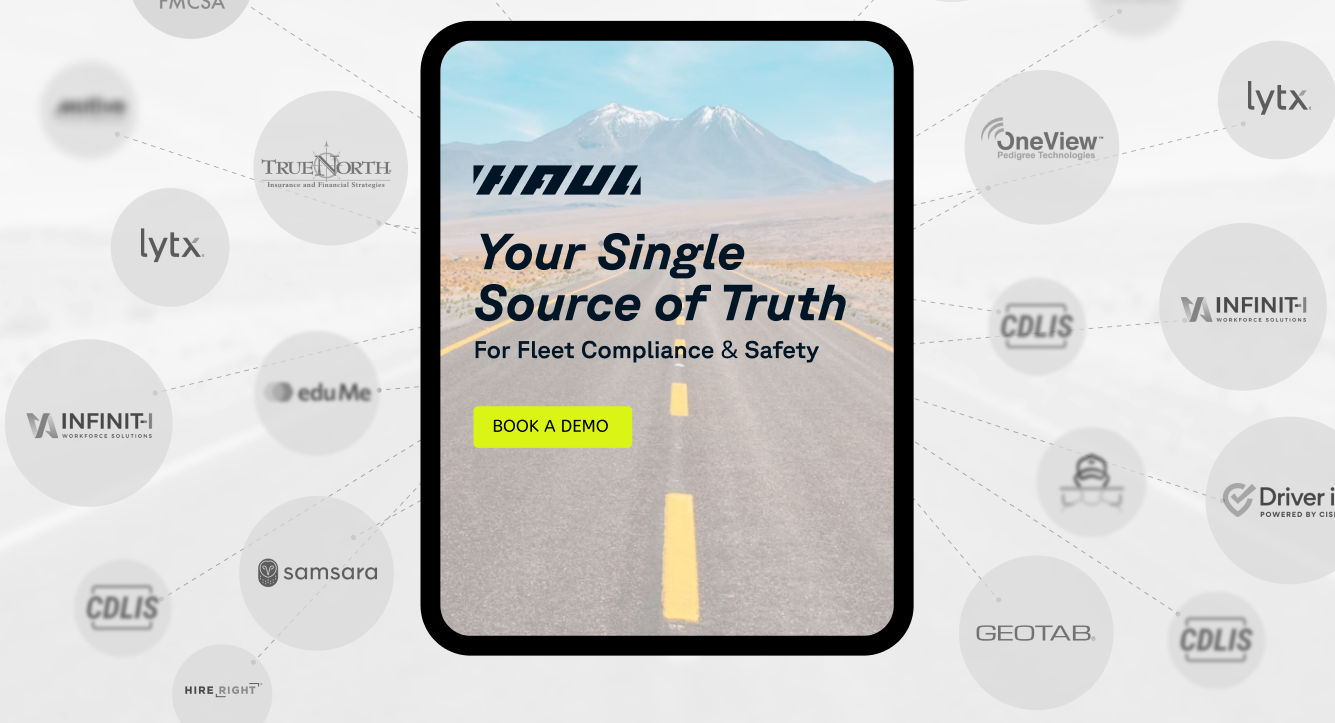Optimizing Efficiency in Taxi Fleet Management

In the bustling world of taxi services, efficiency is king. Fleet managers, logistics directors, and risk management officers are constantly seeking ways to optimize their operations.
The challenges are many, from ensuring compliance and safety to managing a diverse fleet of vehicles. But with the right strategies and tools, these hurdles can be overcome.
This article delves into the intricacies of taxi fleet management. It explores how technology, particularly driver management software, can streamline processes and provide real-time insights.
From the streets of the Big Apple to your local taxi service, let's embark on a journey to optimize efficiency in taxi fleet management.
The Role of Compliance and Safety in Taxi Fleet Management
Compliance forms the backbone of any successful taxi fleet management operation. Meeting regulatory requirements ensures not only legal stability but also enhances the fleet's reputation. Adhering to safety standards is crucial in reducing accidents and ensuring passenger confidence.
Safety and risk management go hand in hand. By implementing comprehensive safety protocols, fleet managers mitigate risks and enhance operational efficiency. Constantly updating safety procedures and training can lead to fewer incidents and lower liabilities. In this way, a focus on compliance and safety forms the basis for a thriving taxi fleet.
Leveraging Driver Management Software for Operational Excellence
Driver management software is crucial for enhancing taxi fleet operations. This technology supports tracking driver performance and compliance, which leads to increased accountability. It also streamlines scheduling and routes, ensuring timely service.
By incorporating driver management software, fleets can benefit in several ways:
- Improved driver behavior monitoring
- Automated scheduling and dispatch
- Real-time performance data
These features contribute to greater operational efficiency. Embracing these solutions can help fleet managers optimize resources, reduce costs, and improve service quality. Ultimately, leveraging technology results in a more productive and efficient taxi fleet.

Real-Time Data Integration and Alerts: A Game Changer
Integrating data from multiple sources revolutionizes taxi fleet management. Real-time data offers instant insights into vehicle and driver performance, enhancing decision-making. Timely alerts can help prevent potential issues and maintain smooth operations.
The benefits of real-time data integration include:
- Enhanced vehicle tracking and monitoring
- Immediate response to emergencies or route deviations
- Proactive maintenance scheduling
Such capabilities ensure swift actions in response to dynamic situations. By adopting these technologies, fleet managers can increase efficiency and maintain high safety standards. This approach leads to a more responsive and agile taxi fleet.
Case Study: Big Apple Taxi Fleet Management
Big Apple Taxi Fleet Management exemplifies effective fleet operations through innovative practices. Their approach focuses on compliance, technology, and efficient driver management. This case study highlights the importance of adaptability in evolving urban environments.
By integrating cutting-edge driver management software, they've improved operational efficiency. Their use of real-time data ensures timely responses, setting a standard for the industry. These strategies demonstrate the benefits of leveraging technology in modern fleet management.

Fostering Transparency and Strong Partnerships in Fleet Operations
Transparency in fleet operations builds trust with stakeholders. Clear communication and access to data enhance decision-making. It is vital for fostering collaboration across teams.
Strong partnerships with vendors and service providers support efficient fleet management. Mutual goals and regular feedback strengthen these relationships. This synergy leads to improved operational outcomes and sustainability.
Conclusion: The Future of Taxi Fleet Management
The future of taxi fleet management lies in technology and innovation. Embracing advanced solutions streamlines operations and boosts efficiency. By prioritizing safety, transparency, and partnerships, fleets can adapt to changing demands and thrive in a dynamic environment.

